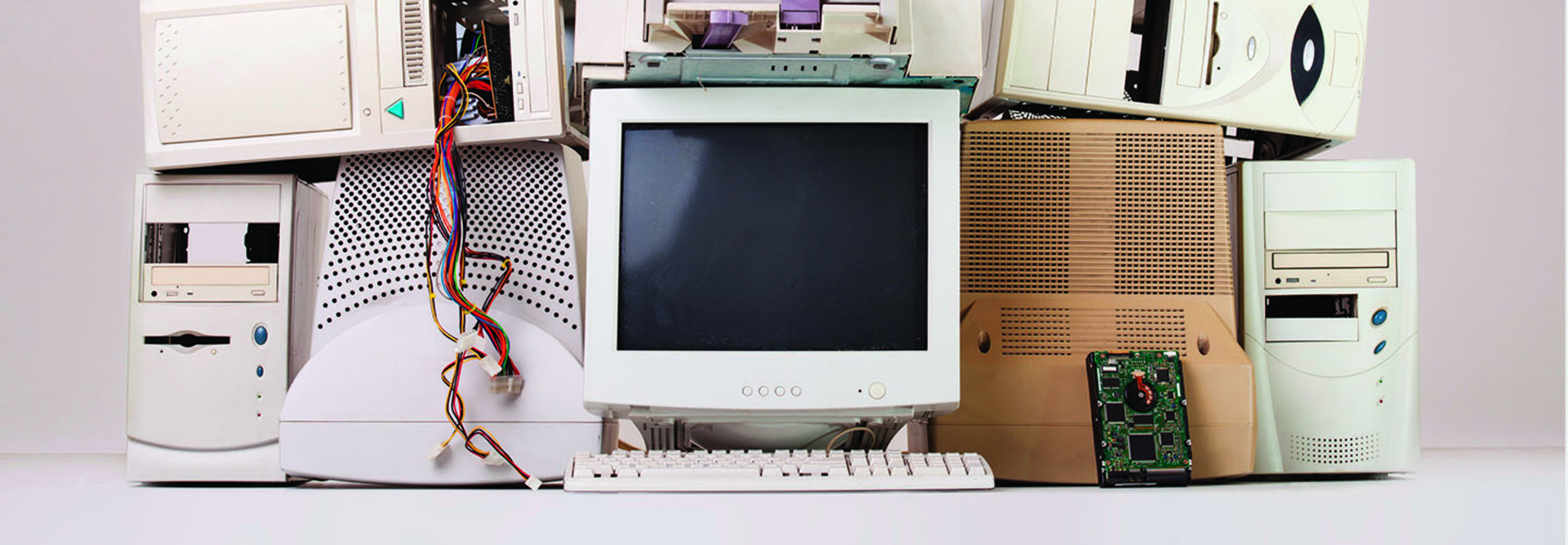Outdated Technology Is a Top Security Risk
As was made painfully clear through a number of recent high-profile cyberattacks, outdated technology can leave organizations vulnerable to devastating breaches. Hacking tools, such as the now-infamous EternalBlue, are designed to penetrate bugs in operating systems. When those systems aren’t updated with the necessary patches, an organization’s network becomes a sitting duck.
While the vulnerabilities thrust into the spotlight have been in software, outdated hardware carries a similar risk. Desktops, laptops and servers all need to be replaced as providers end support for those devices. For example, a 2018 survey from Spiceworks found that nearly one-third of organizations kept their servers for seven years — longer than the coverage of most standard warranties.
Despite these risks, security is not among the main reasons that companies refresh hardware. Spiceworks found that 84 percent of companies cite hardware failure as the driving factor in replacing devices, followed by performance degradation (72 percent) and physical damage (59 percent). Only half of companies listed end-of-support concerns as a reason to replace devices, with just 22 percent listing warranty expiration.
Modern and Mobile Tech Could Help Retain Millennial Talent
There are now more millennials in the workforce than any other generation. By 2030, the Bureau of Labor Statistics predicts, 75 percent of all workers will be millennials. Companies are clamoring to find ways to recruit this talent pool into their offices, with promises of flexibility and work-life balance.
Having up-to-date devices can be crucial in retaining this talent. This is a generation of digital natives, people who are comfortable with technology and demand the efficiencies it provides. Research from Gartner found that 38 percent of millennials believe they have the “latest and greatest” personal devices, which is one of the driving forces behind the BYOD movement that could leave small businesses vulnerable to security breaches.
Having access to the newest devices helps give millennial workers the freedom and flexibility they crave, which can not only help attract them to an organization but can also help keep them there. That could be the key to a puzzle companies have been trying to solve, as Gallup research found that millennial turnover costs the economy more than $30 billion per year.
MORE FROM BIZTECH: Read how rugged devices are standing up to tough utilities environments.
Having the Latest Tech Capitalizes on Innovation
It’s unavoidable: Technology is changing at an accelerated pace. If cars had advanced as much computers have in the past 35 years, the average vehicle would now get more than 3.6 million miles per gallon and cost less than $5,000. The rapid pace of growth is thought to be a product of the “law of accelerating returns,” which states that new technology leads to even newer technology being built on top of it.
Because these building blocks keep growing faster, it’s impossible to take advantage of the benefits without the underlying technology. That’s another reason why it’s so important to have devices that are up to date and healthy. Companies with old devices, like the 70 percent that told Spiceworks that they use desktops for at least five years before replacing them, face being left behind.











